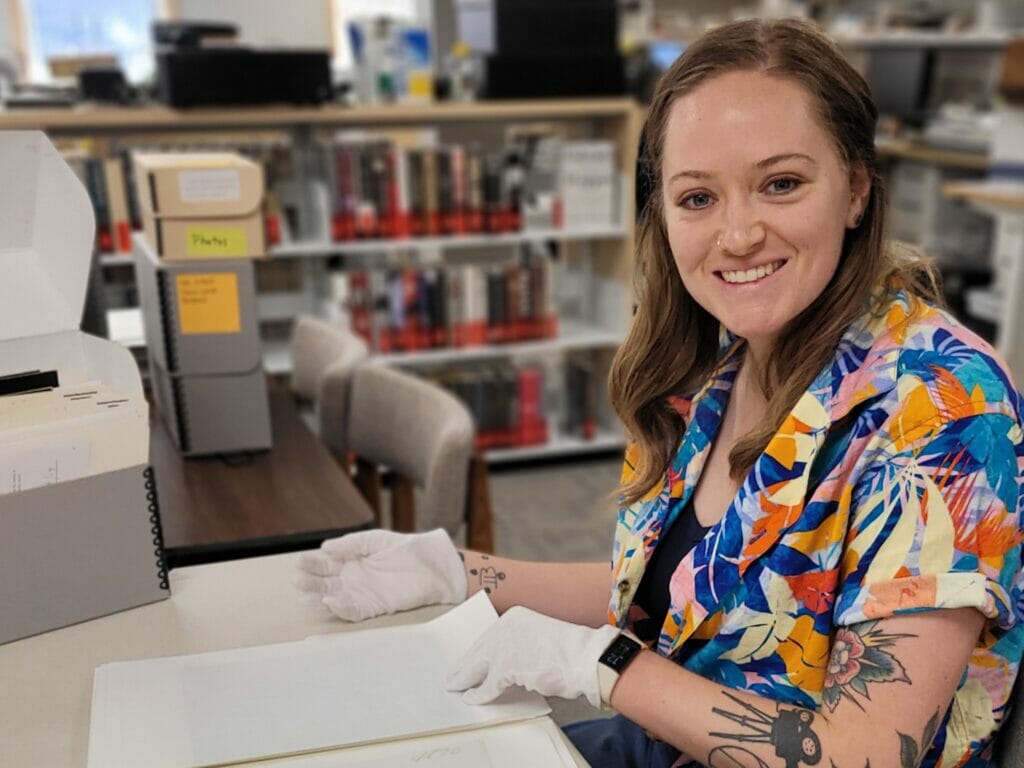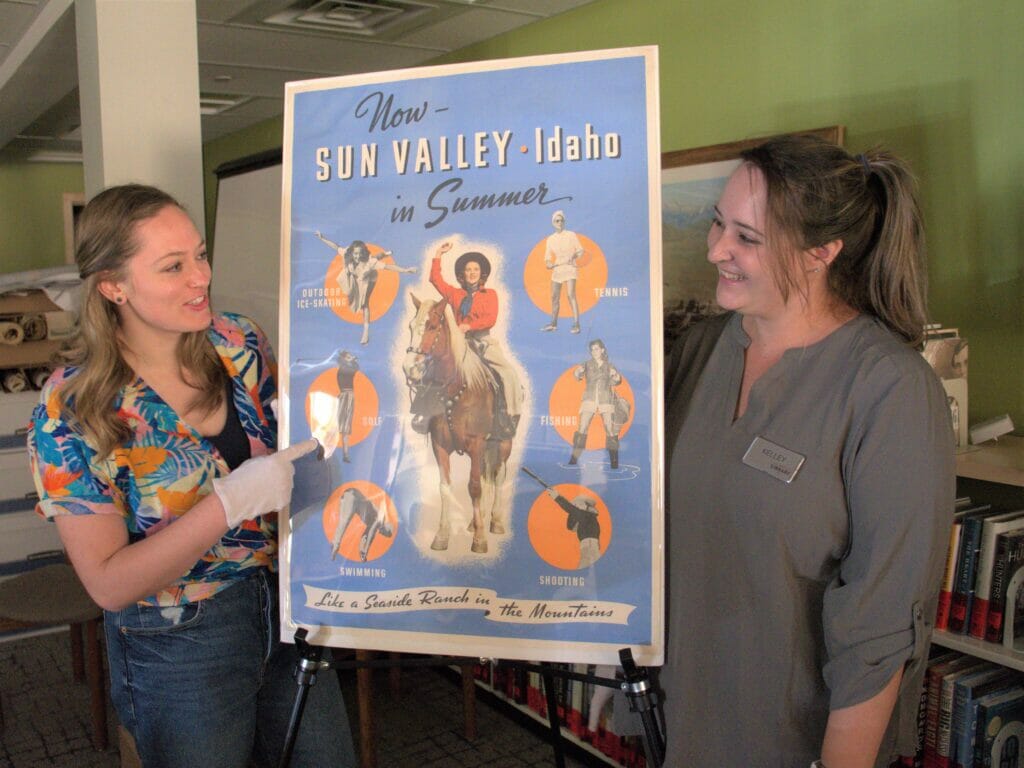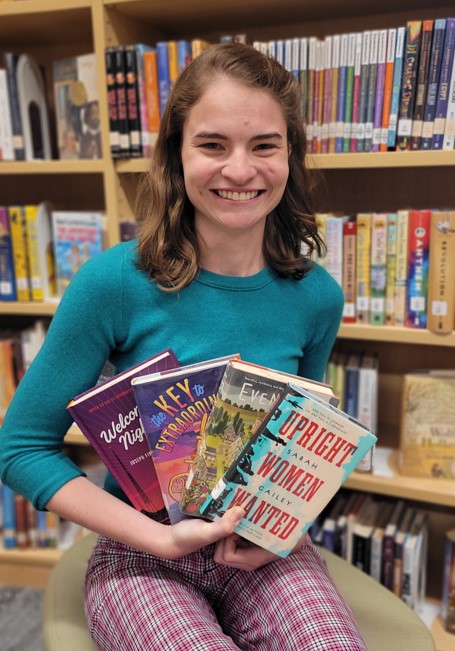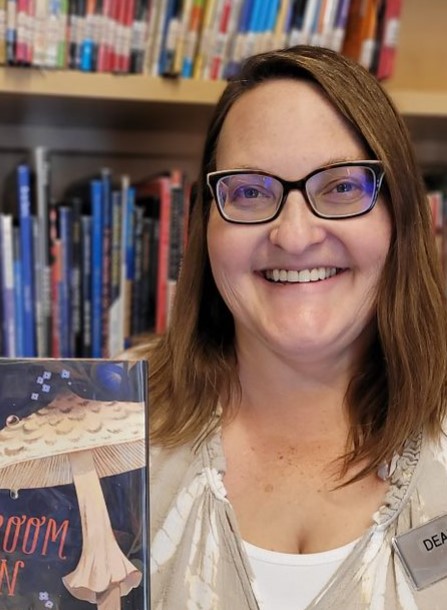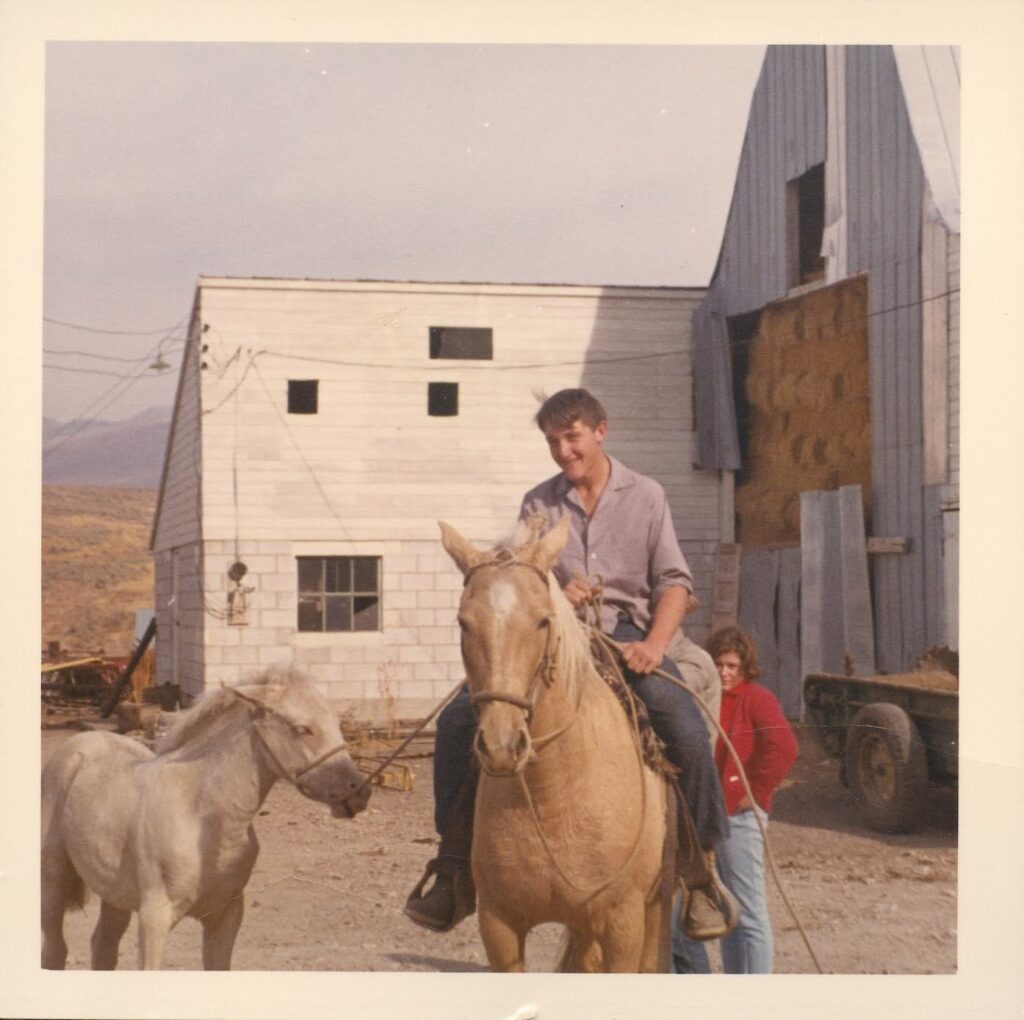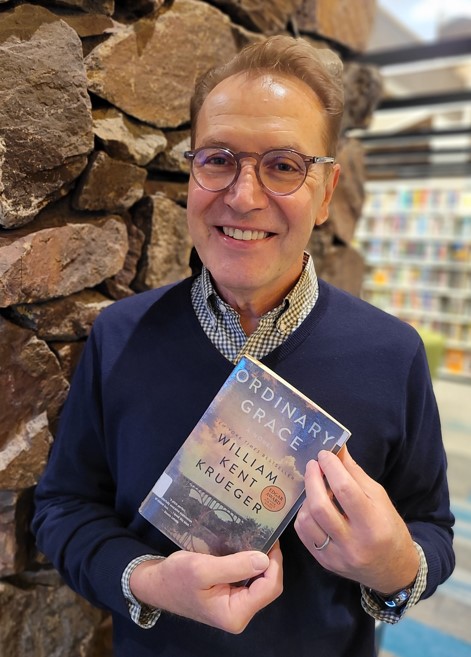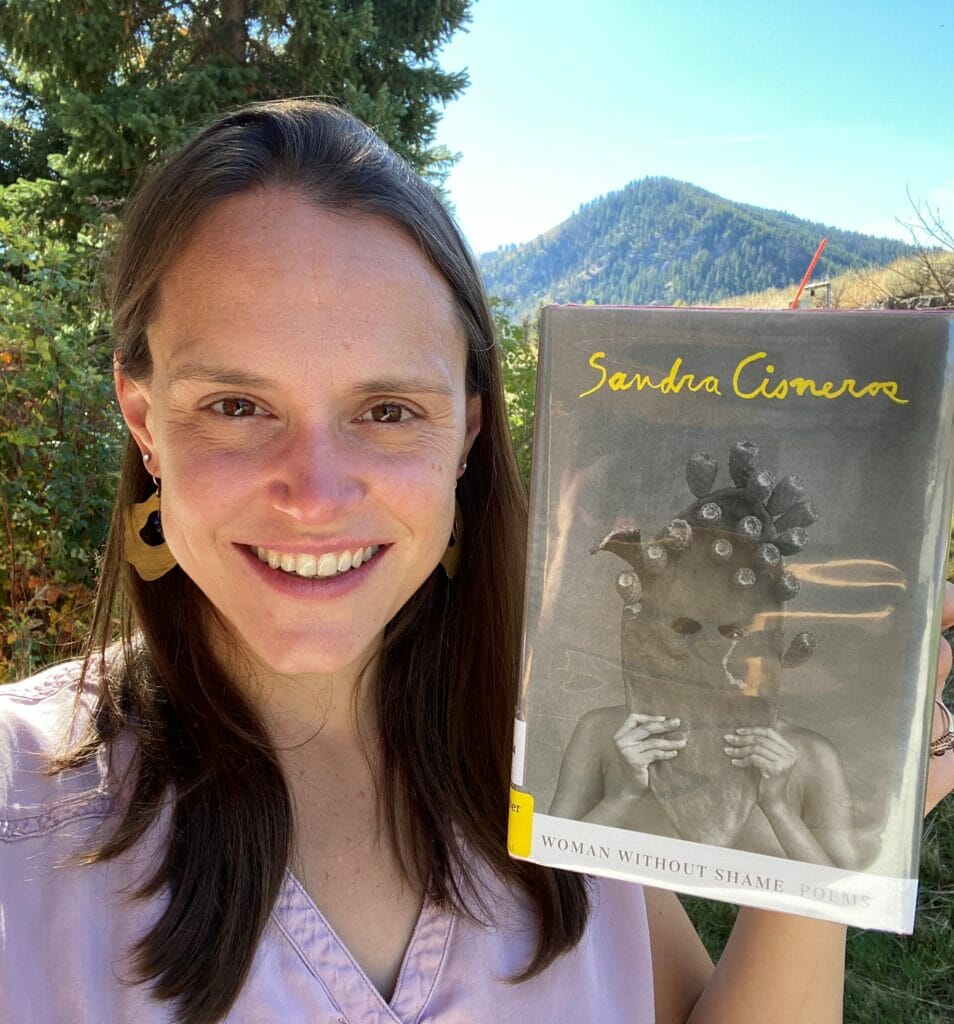As the shadows grow longer, before the days of suns return, a pair of recommendations…
how scary is TOO scary?
Cathy Butterfield, Collections Manager, recommends My Heart is a Chainsaw and The Order of the Pure Moon Reflected in Water.
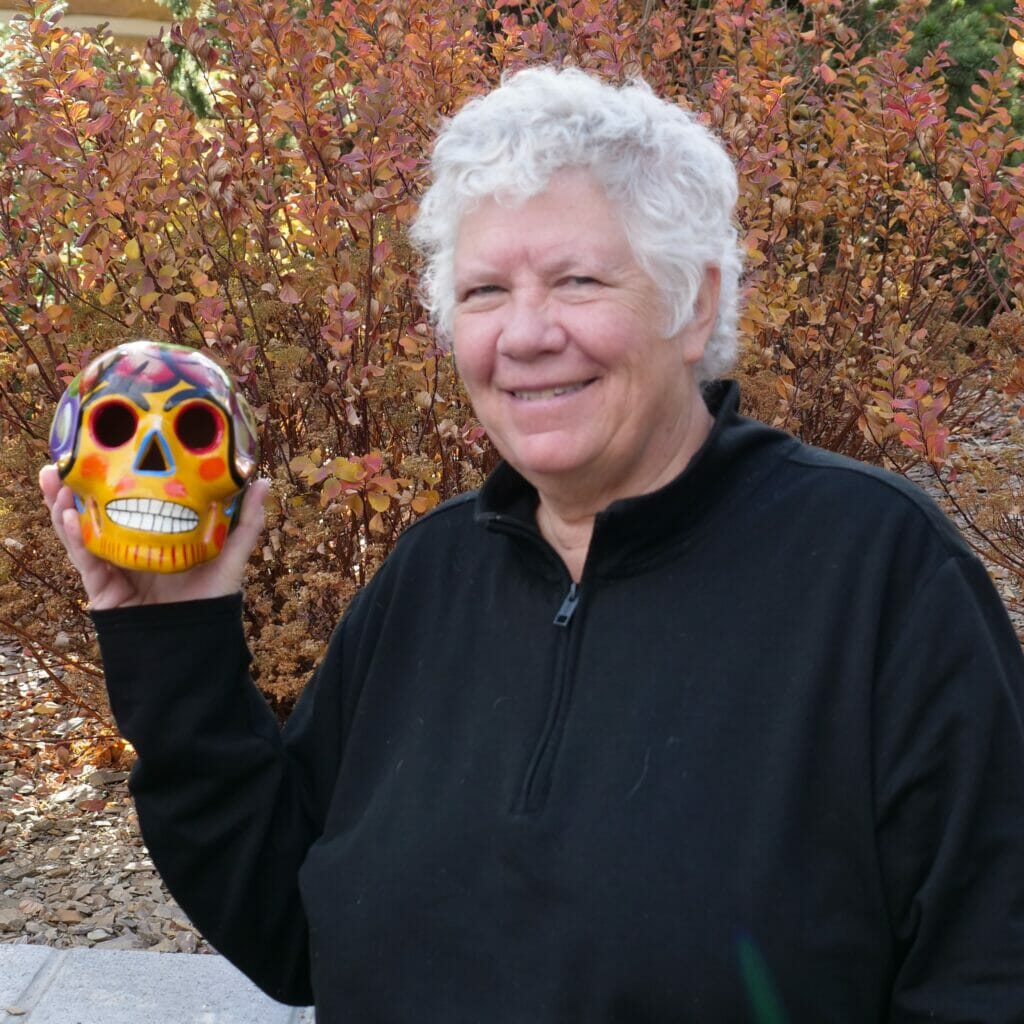
Halloween is coming, a holiday rife with perilous contradictions. Gifts of candy are shared with stories of ghosts. Pre-Christian traditions tangle with All Hallow’s Eve observances. The walls of reality thin, and bend, and rumors of the dead rise as the last rays of summer set. The living don masquerade and dance in the darkened streets. Trick or treat.
I searched for a good, crunchy, literary horror book to immerse myself in, to honor (or appease?) the spirits of the season. Stephen Graham Jones’ Bram Stoker award-winning book My Heart is a Chainsaw seemed an ideal read. Stephen King calls Jones the best new horror writer since Neil Gaiman launched. The book is set in a (fictional?) resort on a lake in northern Idaho, where scary people sometimes really do in fact do very scary things. Even the title is creepy. Too creepy.
Yet the setting and characters and trauma introduced in the first chapters are intensely real. Utterly realistic. Jones turns over the rocks in small town Idaho and exposes the abuse, racism, gentrification, and worse crawling underneath. And therein lay the crux of the problem. I am not easily triggered. I am open to tackling every book on our shelves. But each time I picked up the book, I could only finish a few pages before bouncing out again. This was clearly not the book for me at this time in this fraught year as Samhain ushers in the darker half of the year.
And that’s okay. For everyone. This is a good book. A great book. I recommend it to those looking for a spine chill that goes far beyond tingly, for a challenge with teeth. I put it on my TBR pile for after the Day of Suns Return. Life is too short to read good books at a bad time. So…I searched the shelves (if you’re reading this, you’ve seen our shelves, there’s a lot of them.) I realized I needed something bonding, and spirit-touched, and short (because I could hear the approaching whrrrr of the deadline) but not quite as viscerally…terrifying. And I found the perfect literary palate refresher.
The Order of the Pure Moon Reflected in Water by Zen Cho is a wuxia fantasy (a Chinese genre featuring chivalric warriors) with a masquerade at its heart. From the first pages I felt flashes of Akiro Kurosawa and Ang Lee, even as the author turns The Seven Samurai upside down and shakes it. The story is deceptively simple: a handsome bandit leader adopts a homeless nun with a subversive bent, ignoring the warnings of his secretive second in command. The characters are bound together by chance and necessity in the throes of a nameless war that no one wants to talk about. The novelette moves quickly, like a water skipper on a calm pond, but has deceptive depths, weaving philosophy with pragmatism, redefining chivalry (and warriors.)
It is also really funny. If the universe had a la carte cinematic ordering, I want Jackie Chan to direct this pilot, and Michelle Yeoh to star with Pei Pei Cheng. And Bruce Lee to co-star. Because it’s Halloween, and the liminal walls of reality thin, and bend, and rumors of the dead are rising…
